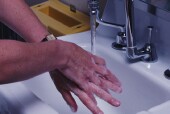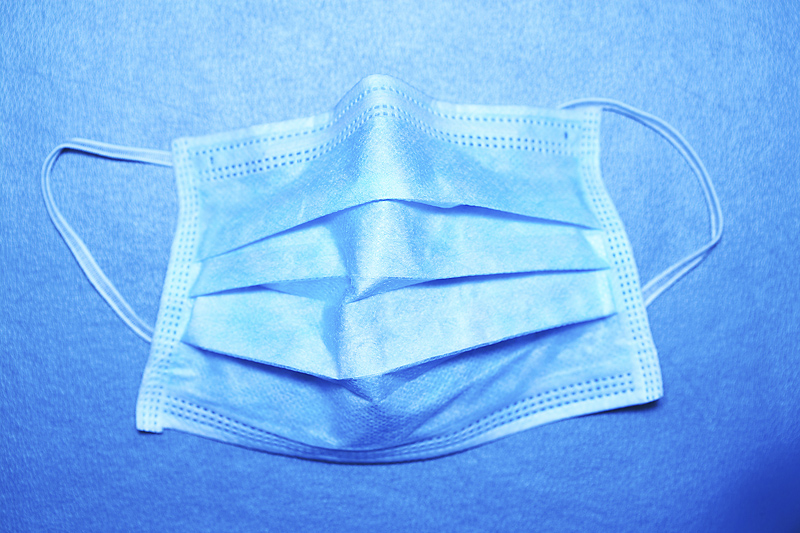
FRIDAY, Dec. 5, 2014 (HealthDay News) — Many people envision public restrooms as filthy and crawling with nasty germs, but they’re actually as healthy as the average room in your home, a new study reports.
Microbiologists tracking bacteria and viruses in four public restrooms found that most of the bacteria present came from human skin and outdoor environments.
Illness-causing fecal bacteria were present in the restrooms, but represented less than 15 percent of the total bacterial population, the researchers said. And they vanished quickly.
Fecal bacteria are less hearty than bacteria found on the skin, and die off faster when exposed to the cool, dry, oxygen-rich environment of a public restroom, said lead author Sean Gibbons, a graduate student of biophysical science at the University of Chicago.
“Bacteria associated with skin are more able to persist. Over time, they win out,” said Gibbons, who is also a resident associate at Argonne National Laboratory’s Institute for Genomics and Systems Biology.
Despite this, people should still wash their hands after using a public bathroom, just as they should wash their hands throughout the day, said Michael Schmidt, professor and vice chair of microbiology and immunology at the Medical University of South Carolina in Charleston.
For example, the researchers found that Staphylococcus represented the majority of the microbial community in a public restroom. Staph bacteria can exist on the skin or in the nose without causing infection — this is called colonization — but in some cases they cause hard-to-treat infections, such as MRSA.
“If you do not want to become colonized with someone else’s stuff, you need to wash your hands to inactivate the microbes you’ve picked up,” Schmidt said. “Hand sanitation is the human being’s best way of protecting ourselves against diseases.”
Gibbons and his colleagues wanted to study how the bacterial community of public restrooms changes over time.
They focused their research on four public restrooms, two male and two female, in a campus building at San Diego State University.
The researchers started by cleaning the restrooms. “We completely scorched the earth, completely sterilized the surfaces, and then watched what happened over time,” Gibbons said.
They tracked the microbial community on floors, toilet seats and soap dispensers, analyzing the surfaces hourly at first, and then daily for up to eight weeks.
They found that fecal bacteria established the first colonies on all the surfaces. “When you flush the toilet it goes airborne and spreads these viruses throughout the bathroom,” Schmidt said.
But the fecal bacteria soon gave way to colonies of bacteria found on human skin cells, Gibbons said. The fecal bacteria, which thrive in a person’s warm, damp intestines, can’t stand up to the environment of a public restroom.
“Restroom surfaces are dry, barren and resource-poor,” the researchers concluded. “As such, these surfaces probably do not support considerable microbial growth.”
It makes sense that public restrooms — and any room, really — would end up populated with bacteria from skin, Schmidt said.
Humans continually shed their skin cells, he said. “You’re constantly turning over this skin that’s literally covered in microbes,” he explained.
The researchers found that the bacterial communities associated with each restroom surface stabilized within five hours of sterilization, and remained stable throughout the eight-week study.
Skin- and outdoor-associated bacteria comprised 68 percent to 98 percent of the communities, with fecal bacteria representing 15 percent or less, the study found.
A few human-related viruses, including herpes and human papilloma virus, were detected by researchers in abundance, providing another reason for people to wash their hands.
However, the virus-to-bacteria ratio was lower than expected — a surprising finding, since in most environments viruses outnumber bacteria, Gibbons said.
Overall, the research suggests that the restroom is no more healthy or unhealthy than your home, Gibbons said.
The study is published online in the journal Applied and Environmental Microbiology.
More information
For more on Staphylococcal infections, visit the U.S. National Institutes of Health.
Copyright © 2026 HealthDay. All rights reserved.

